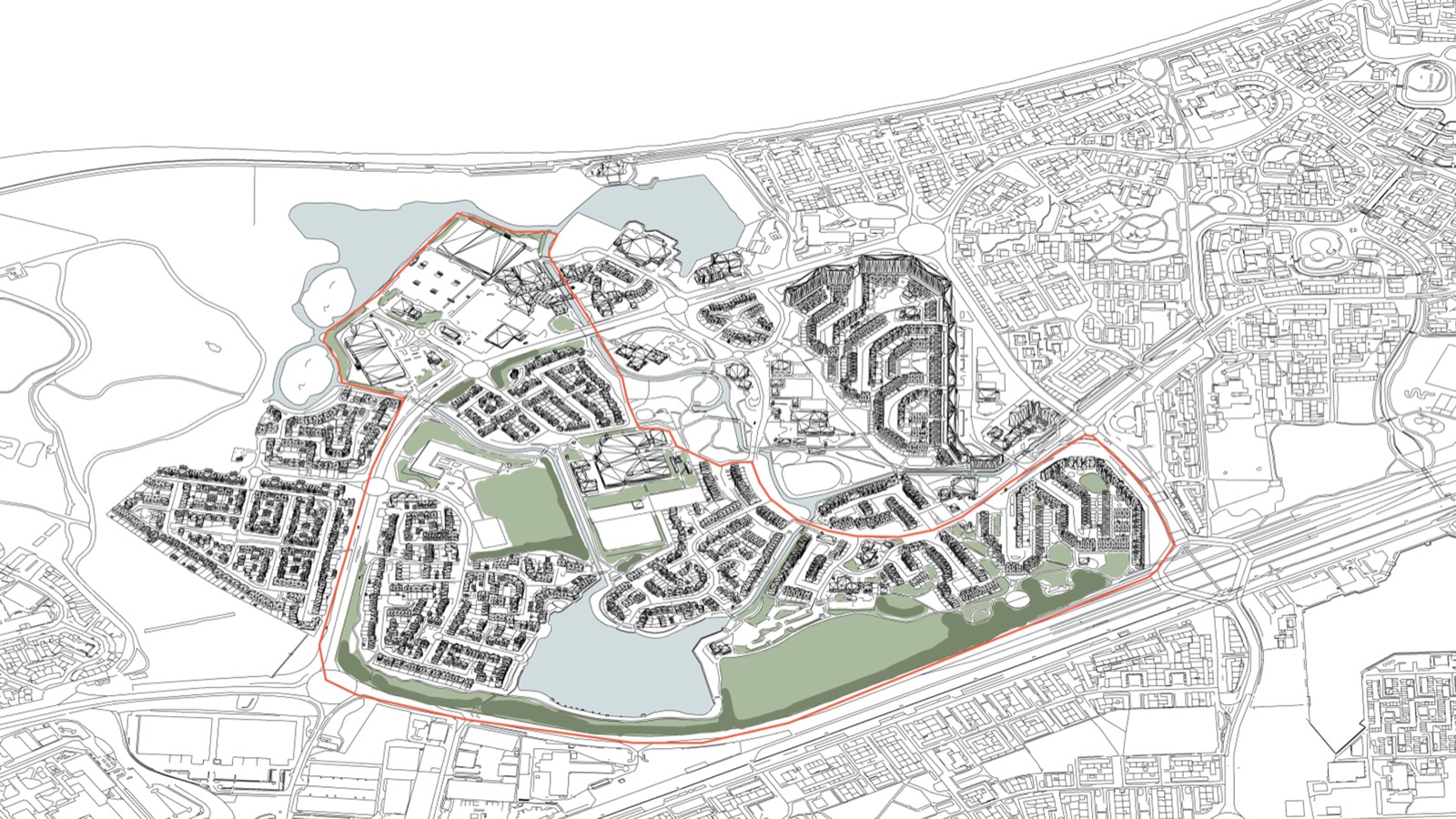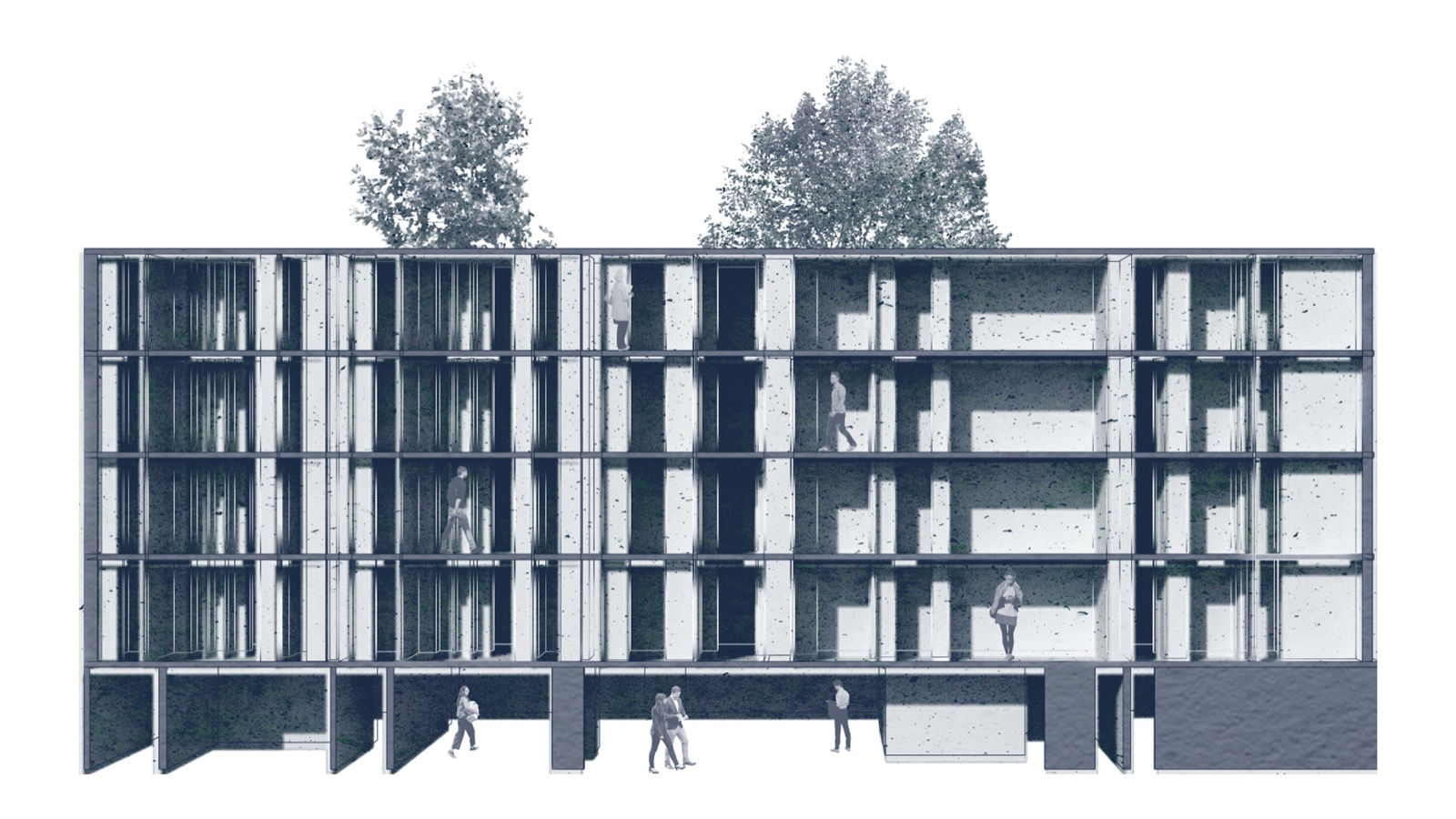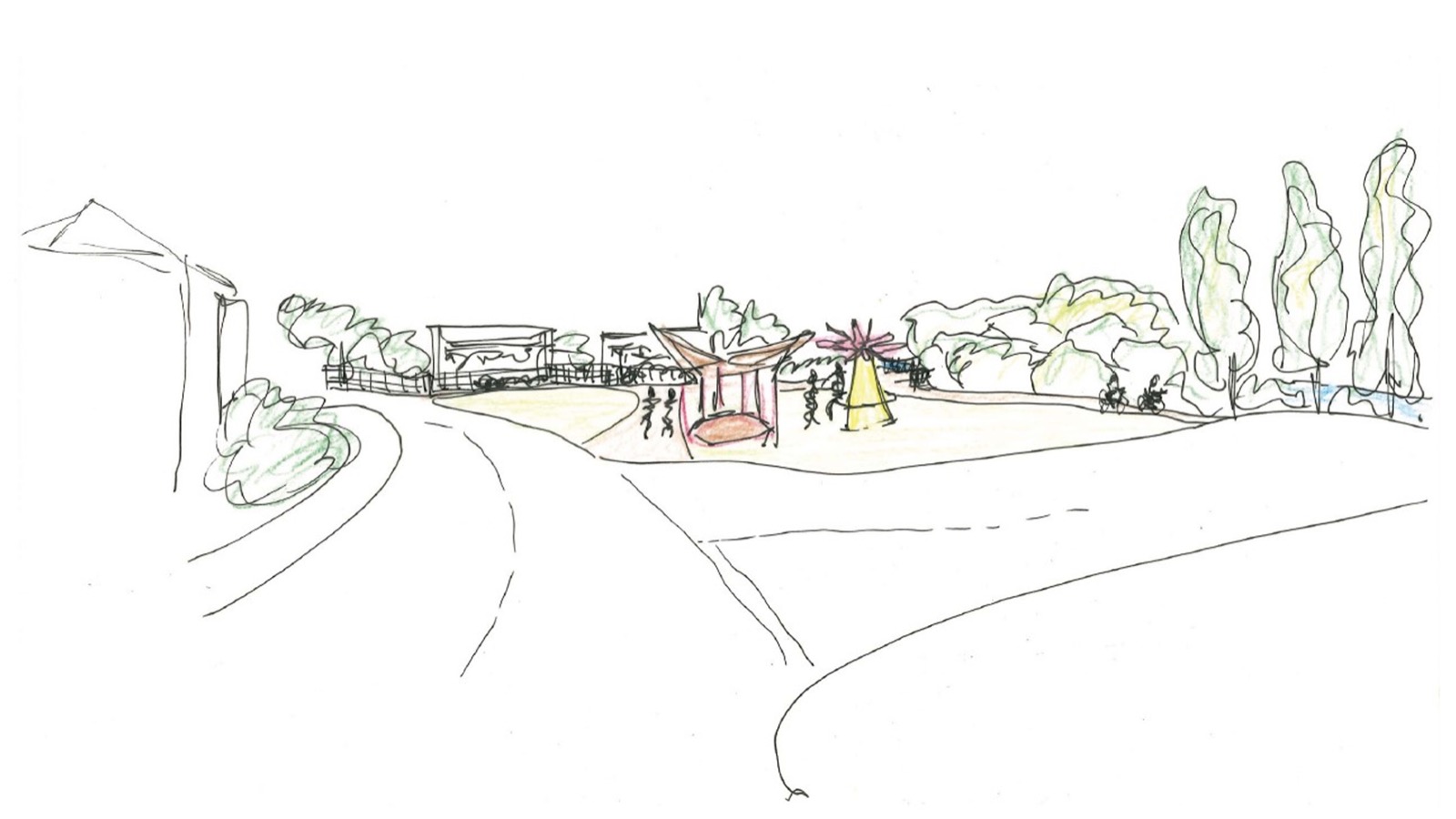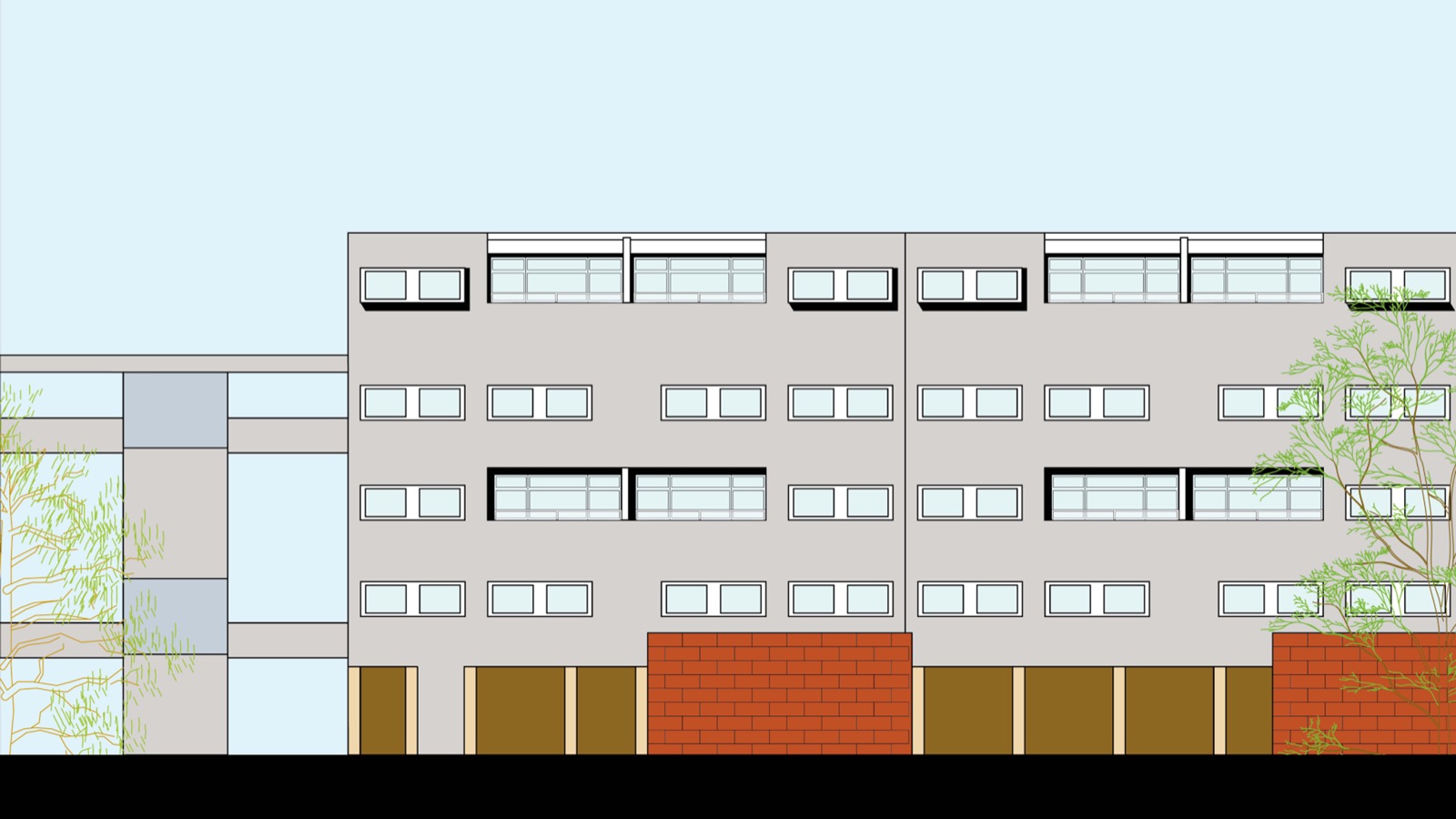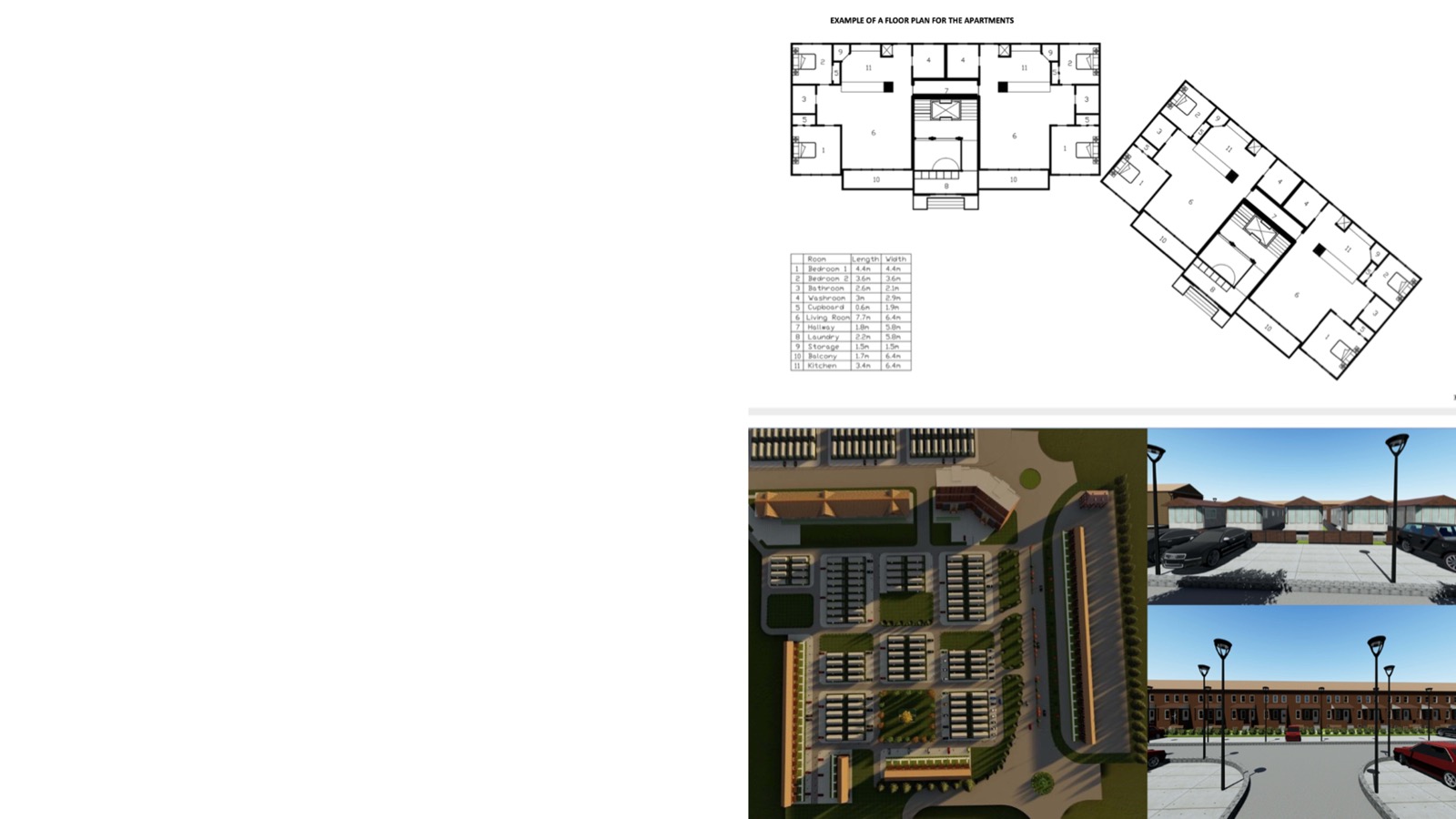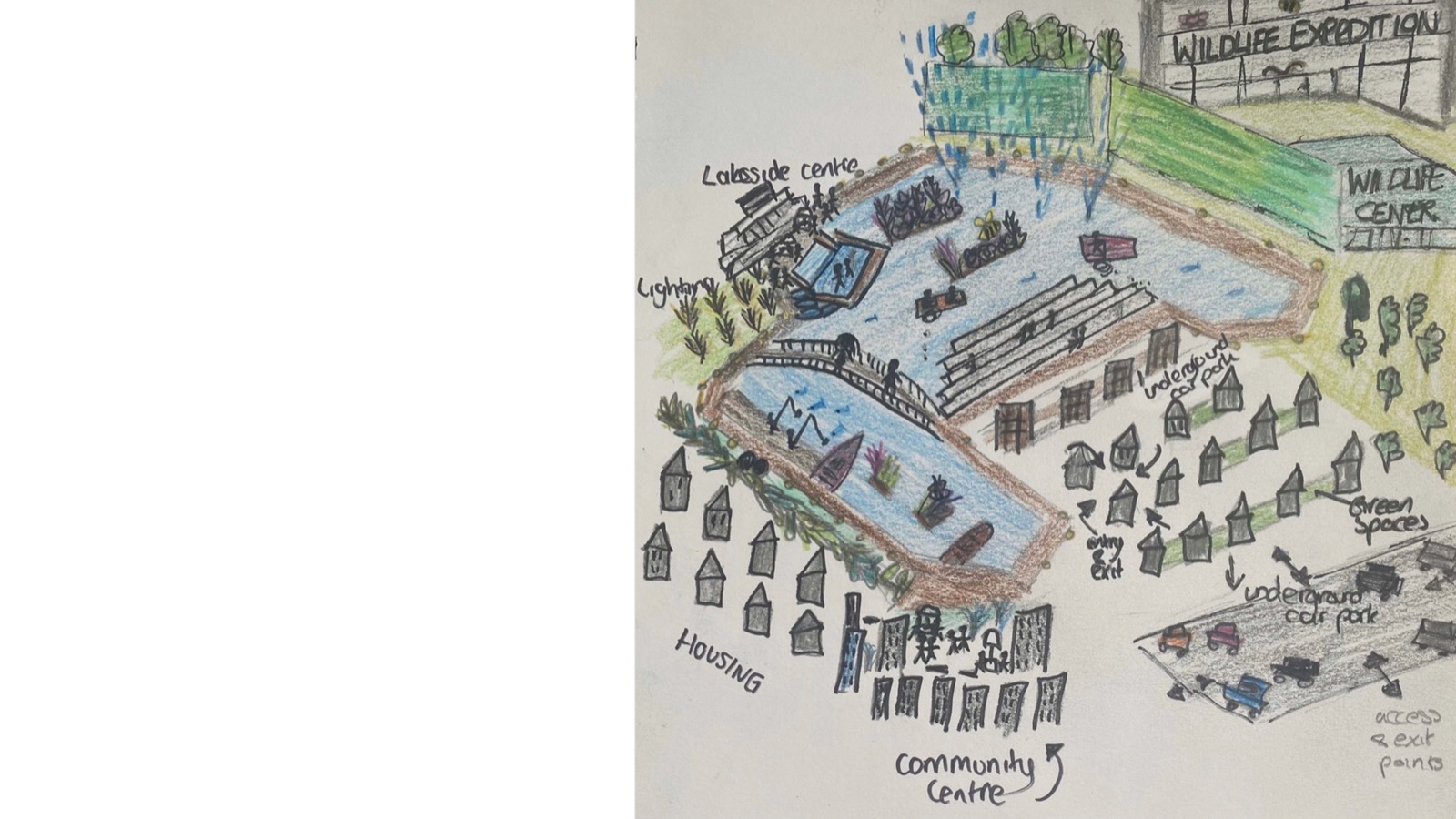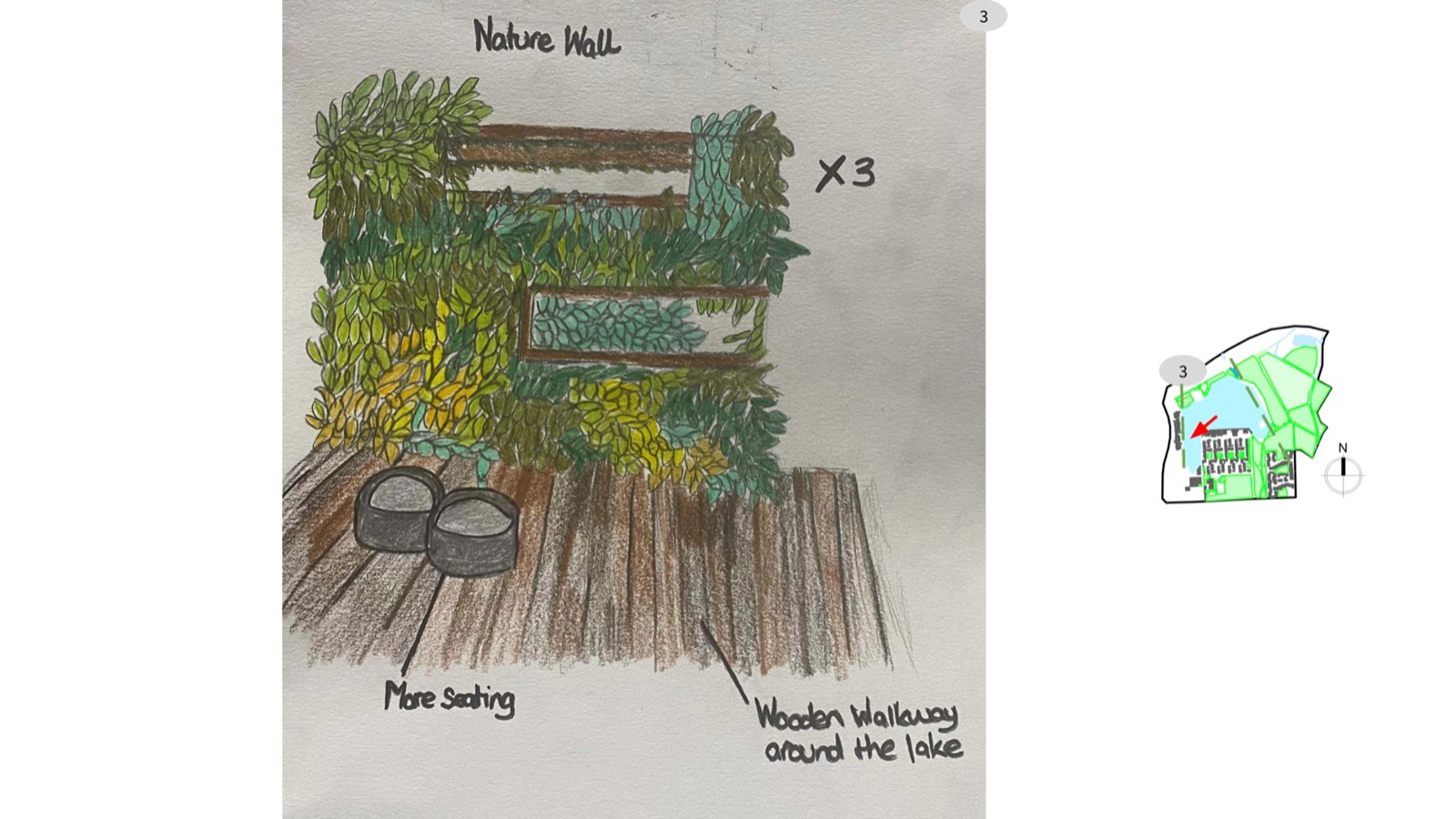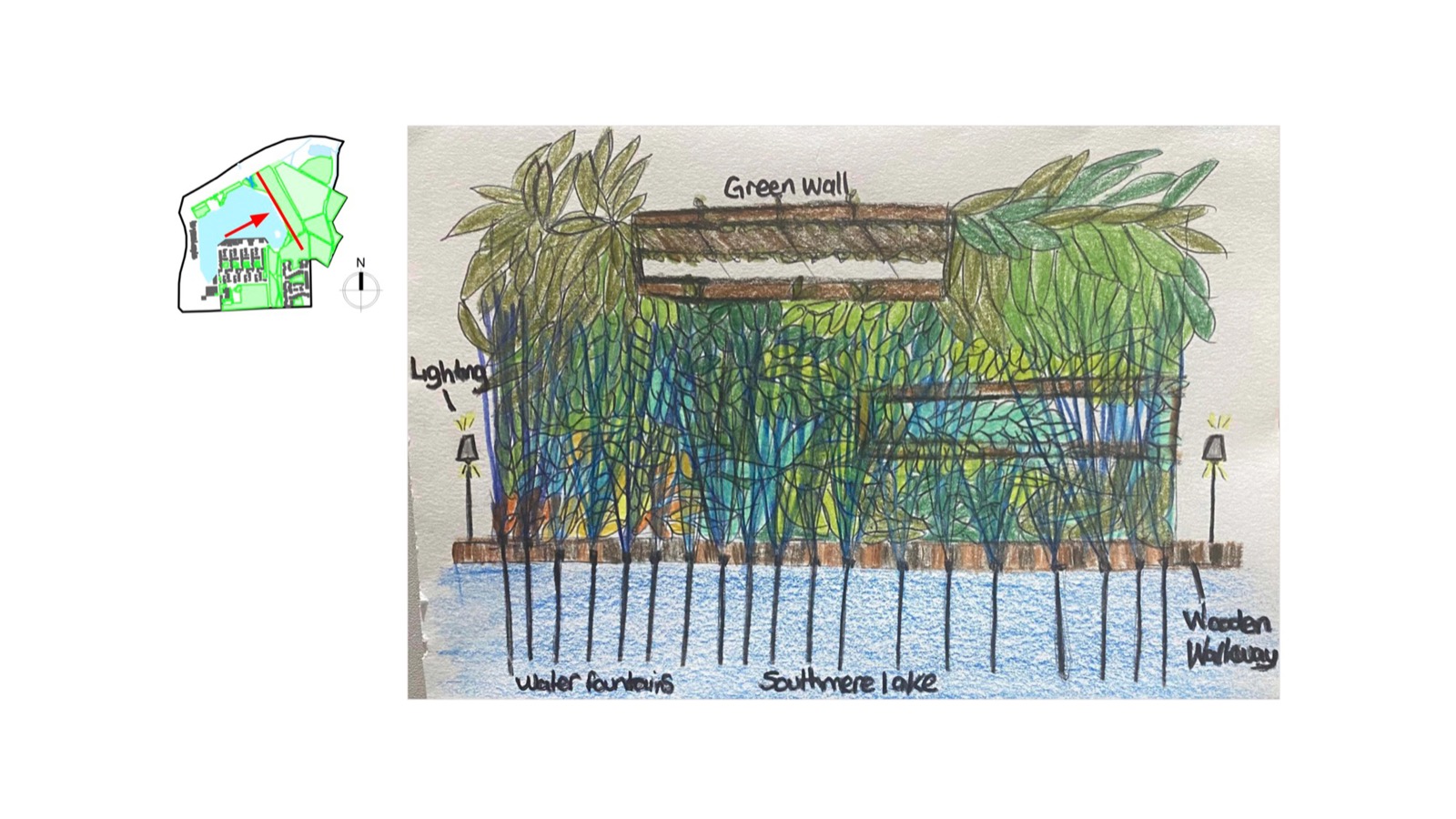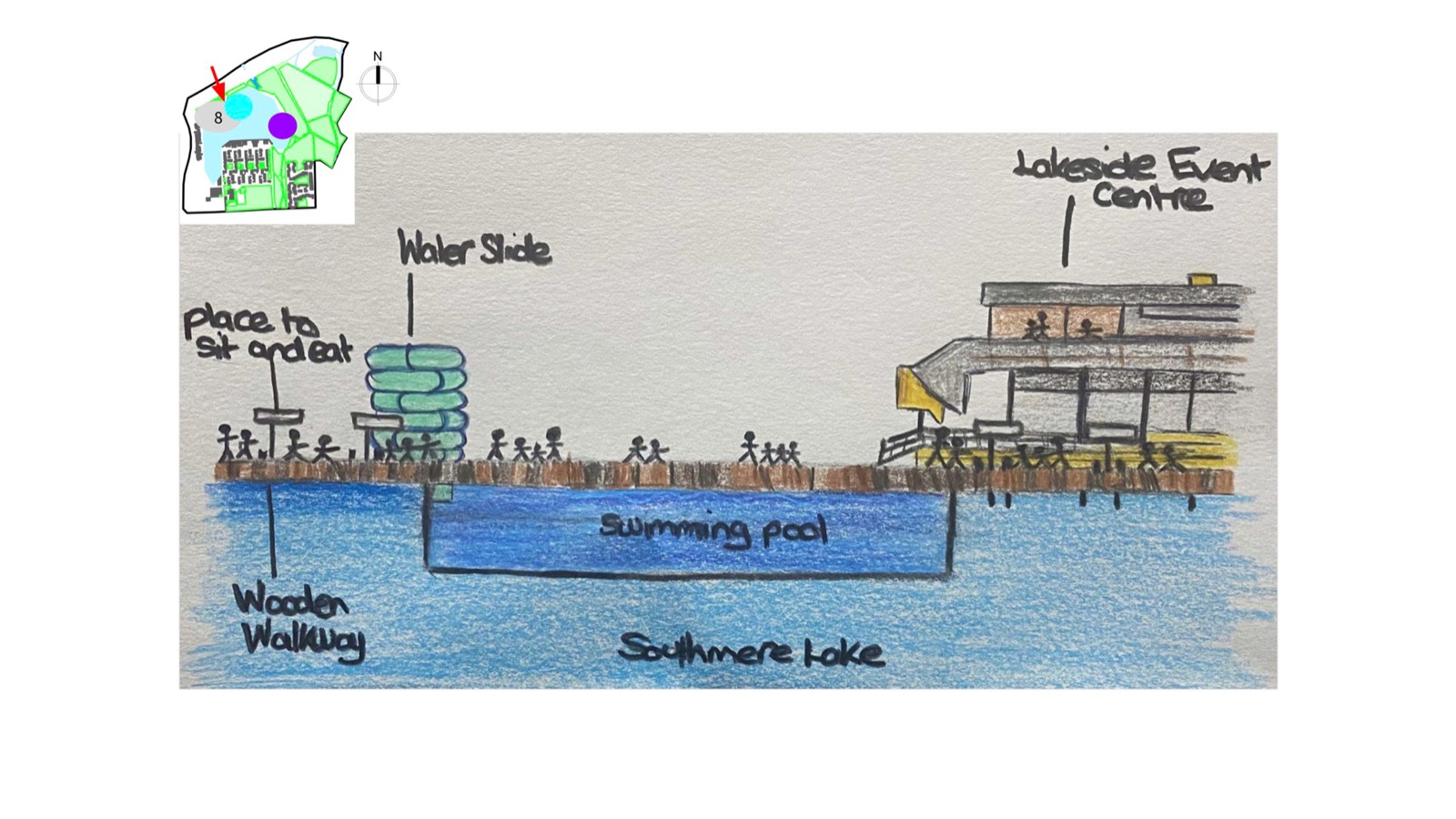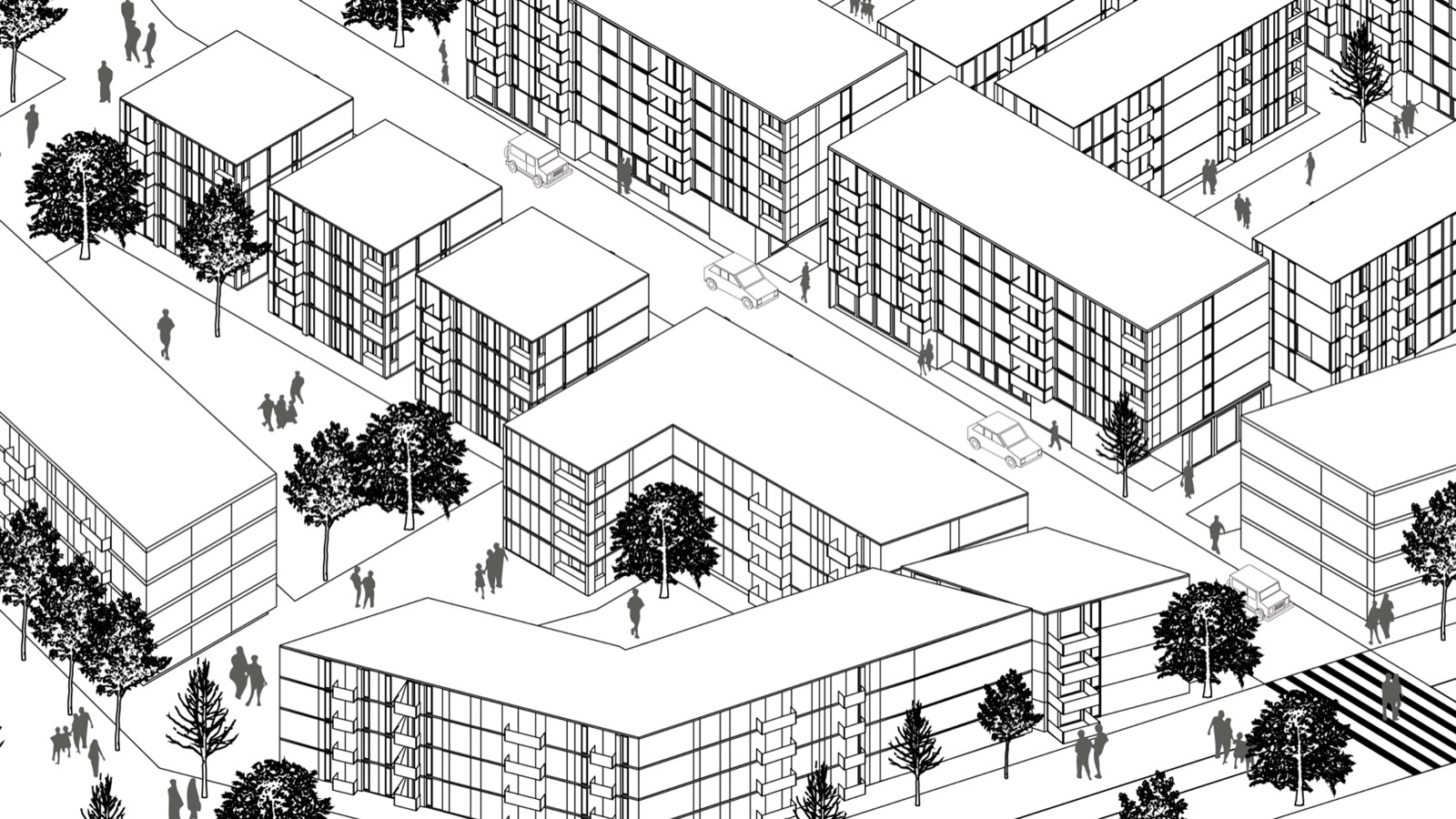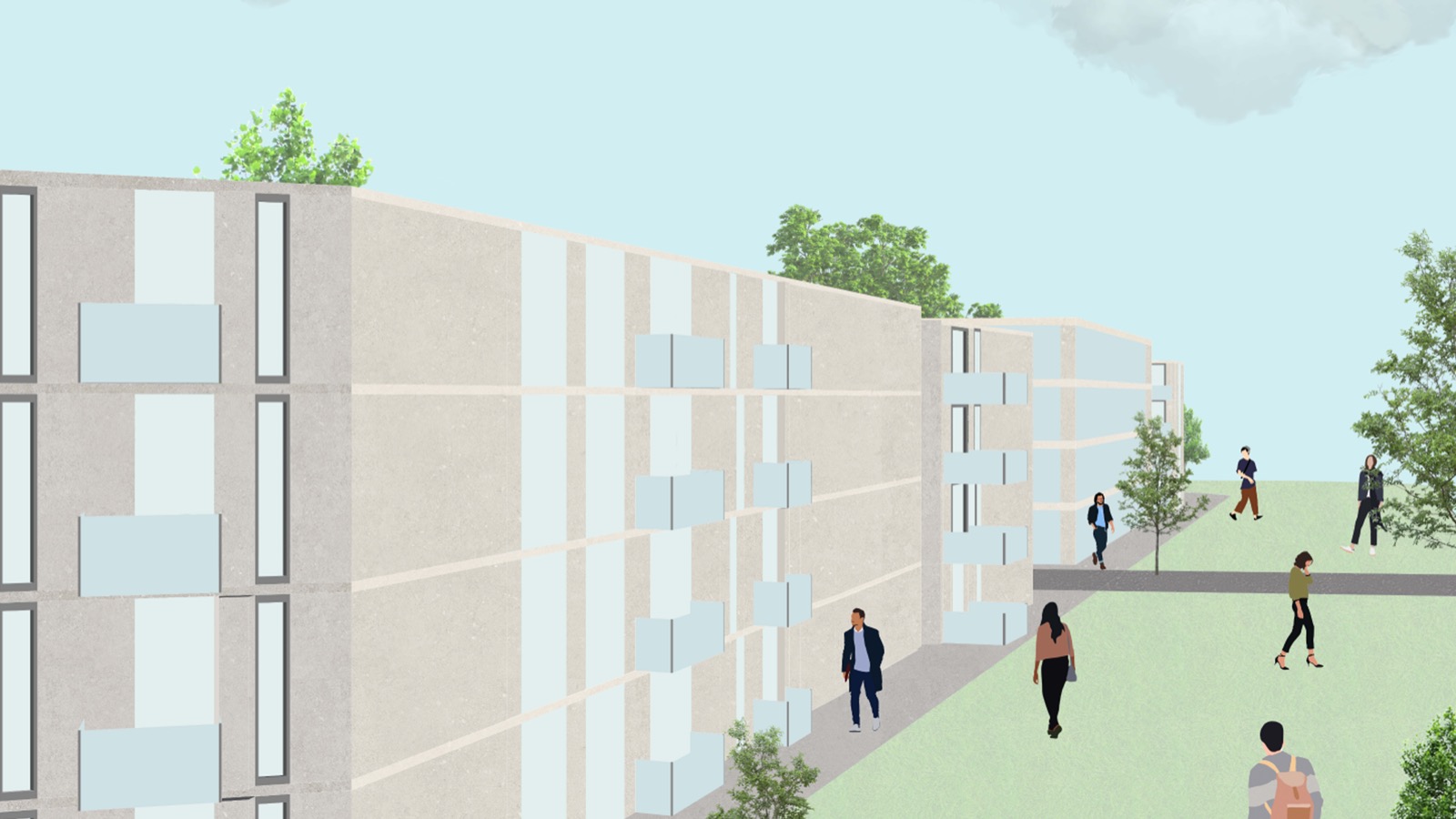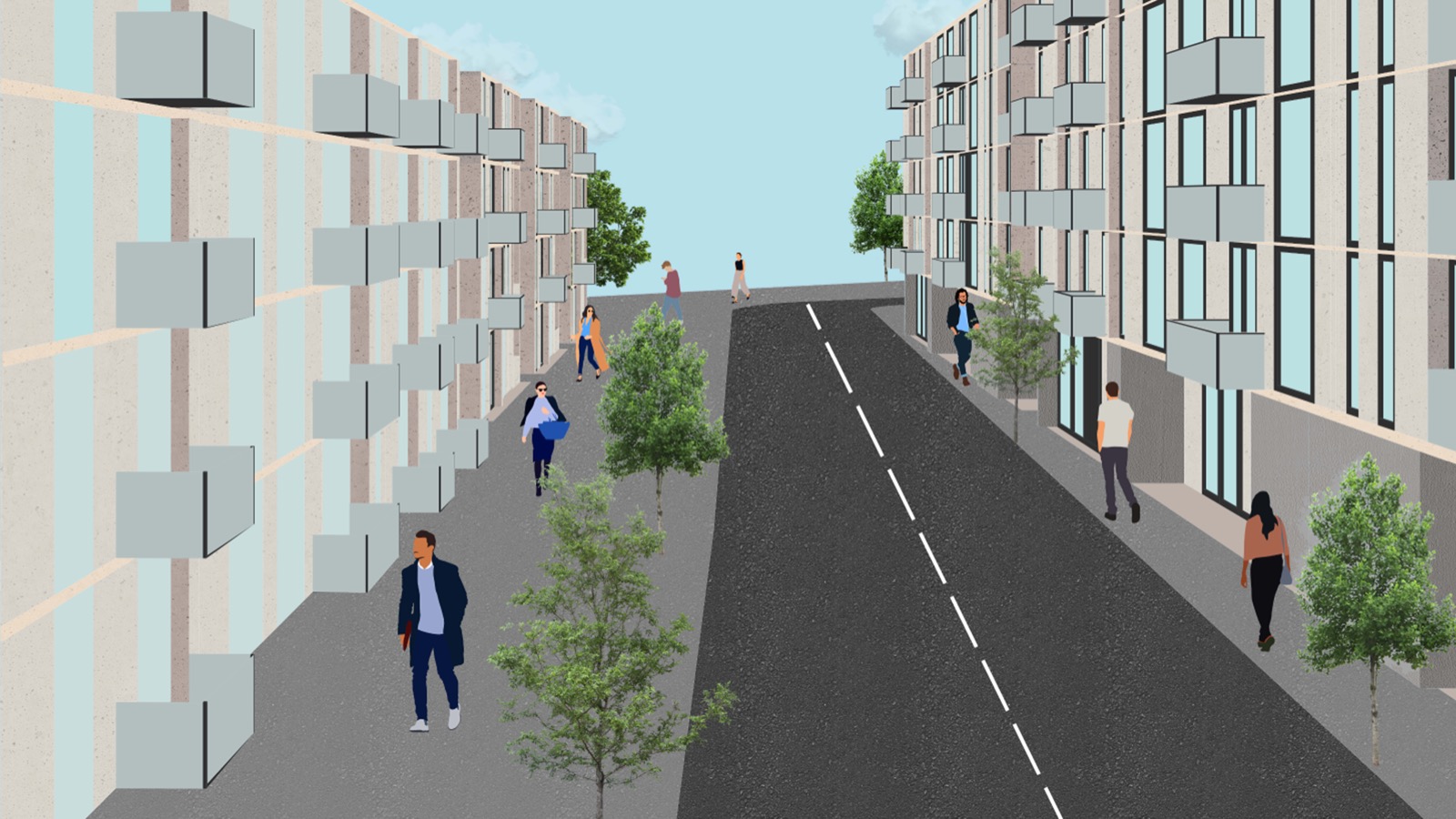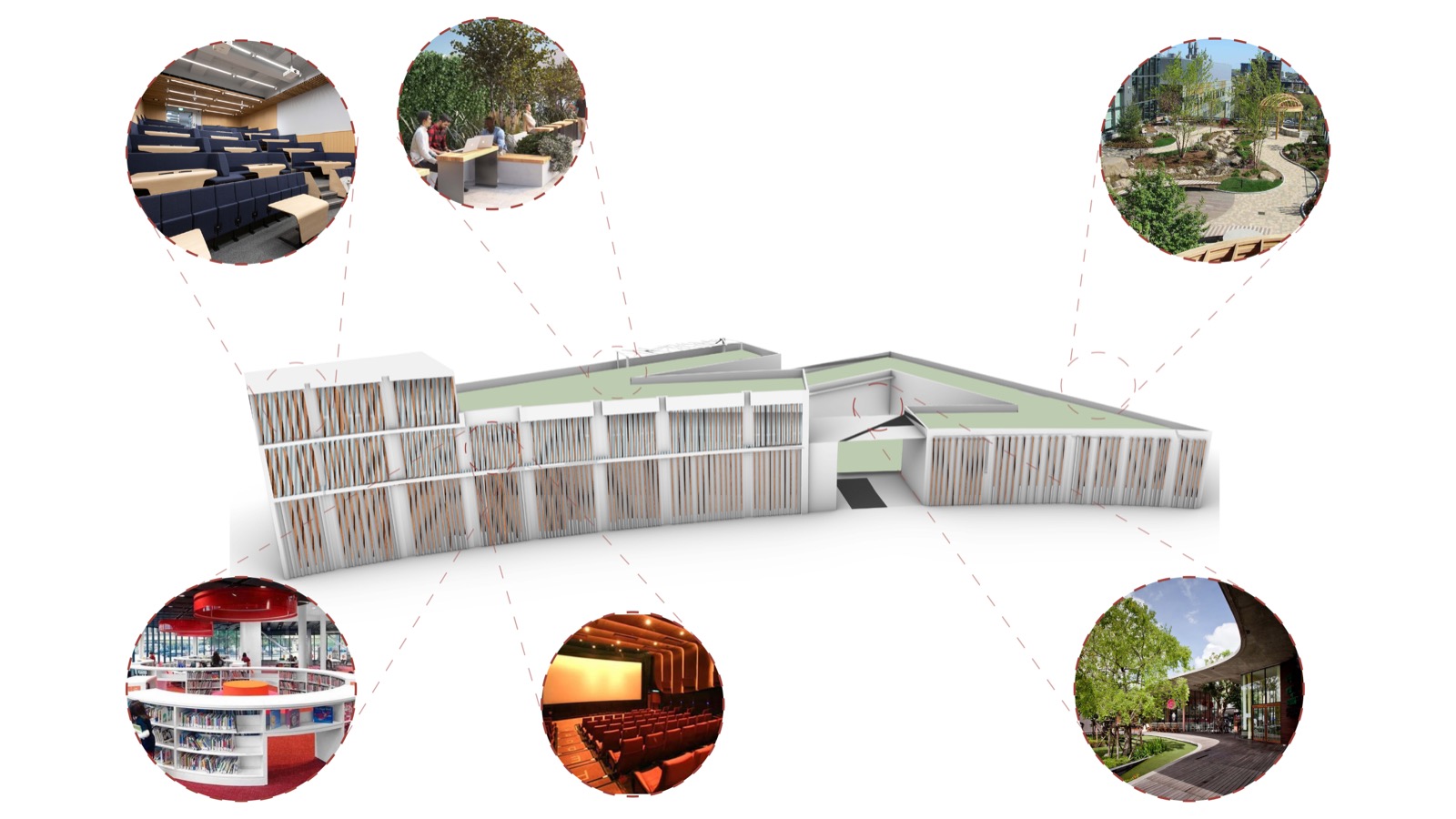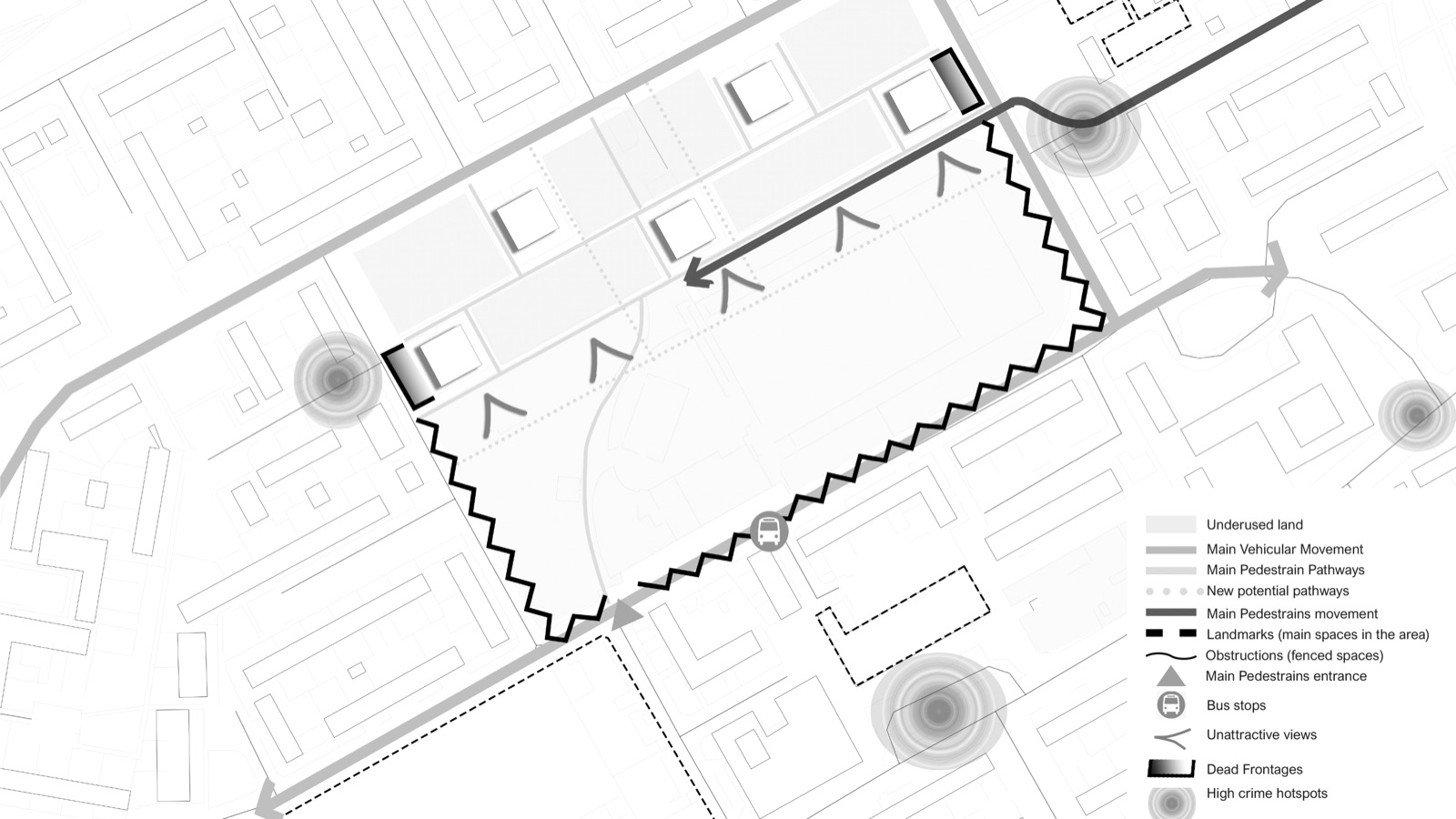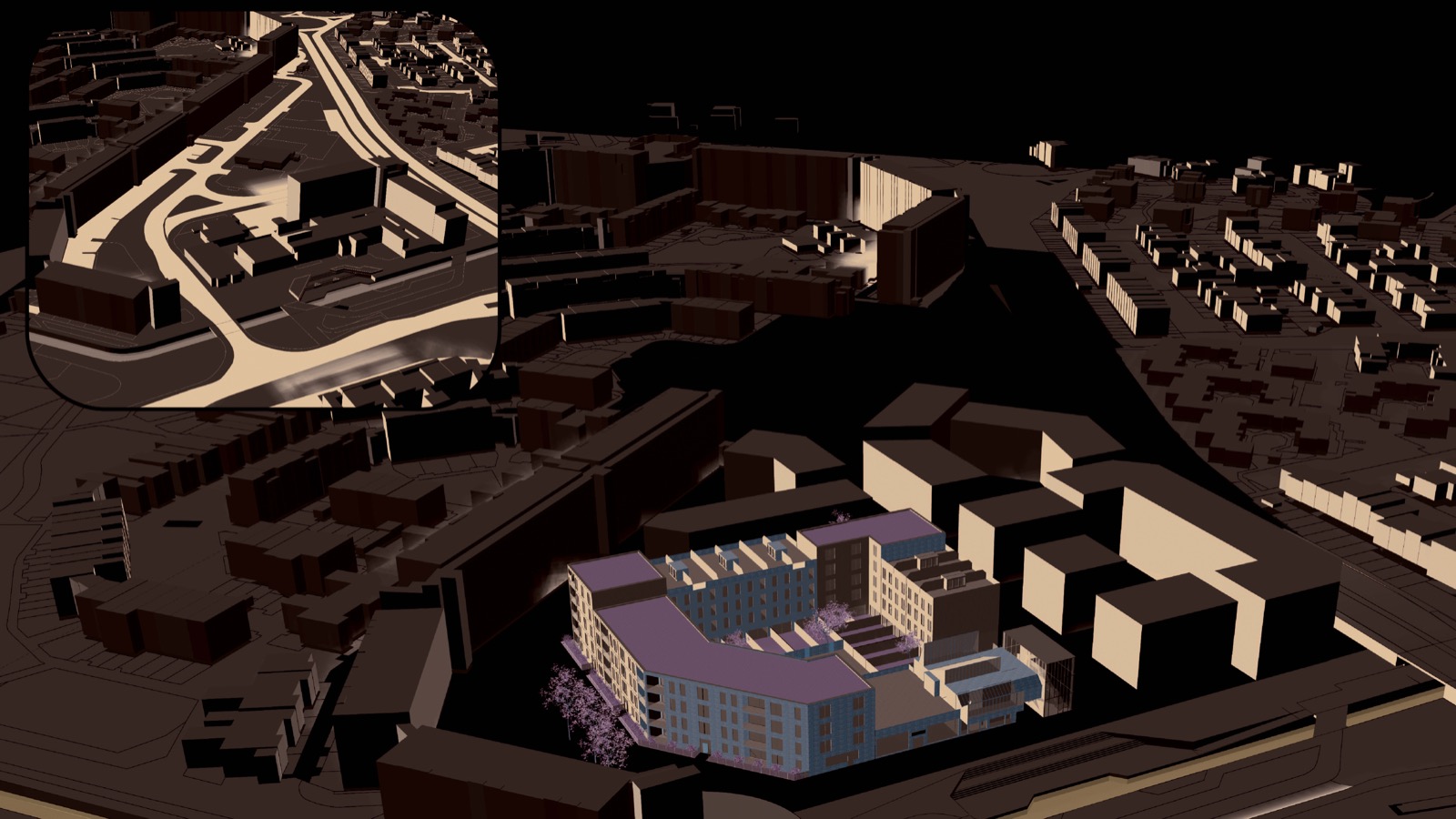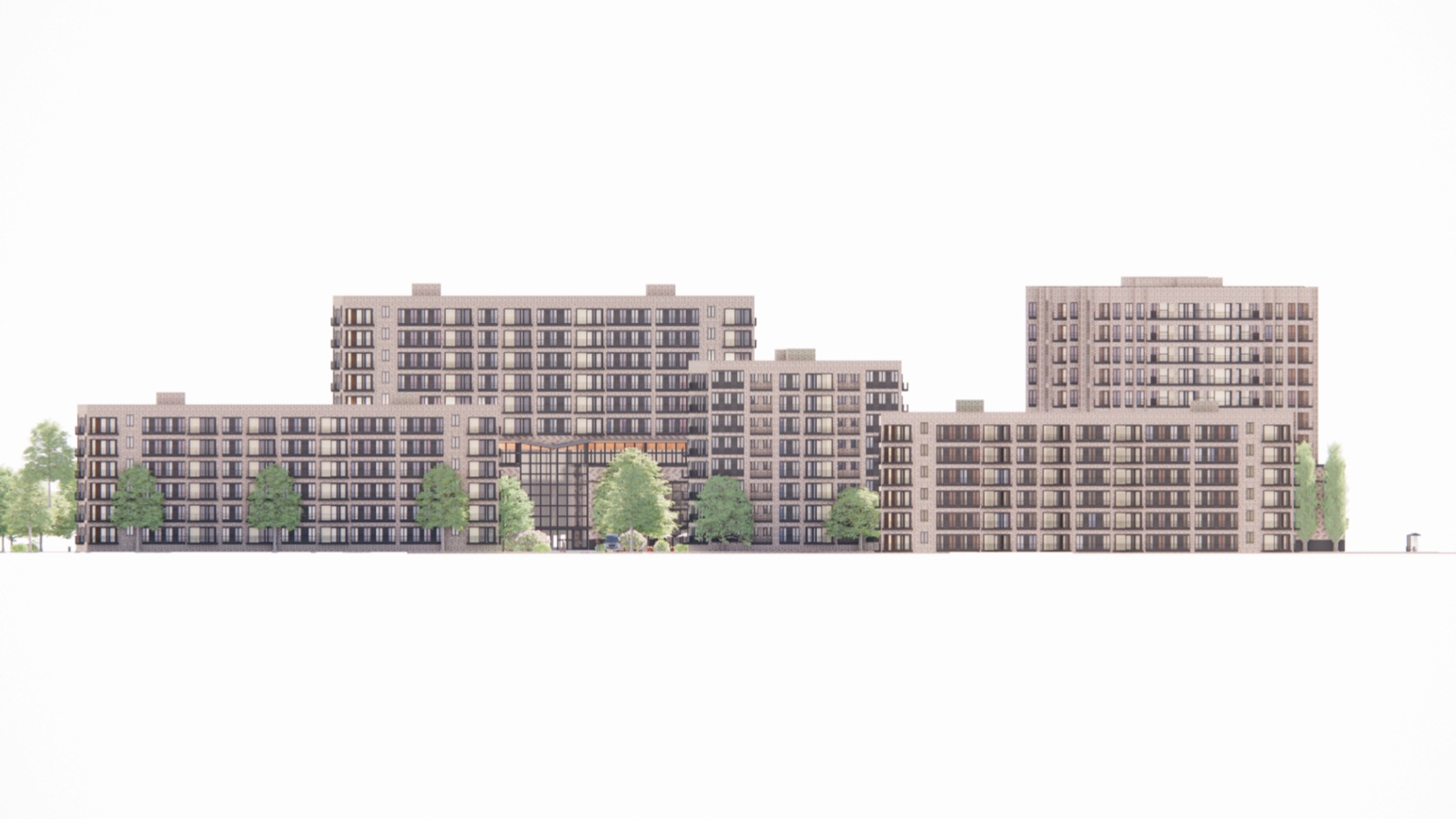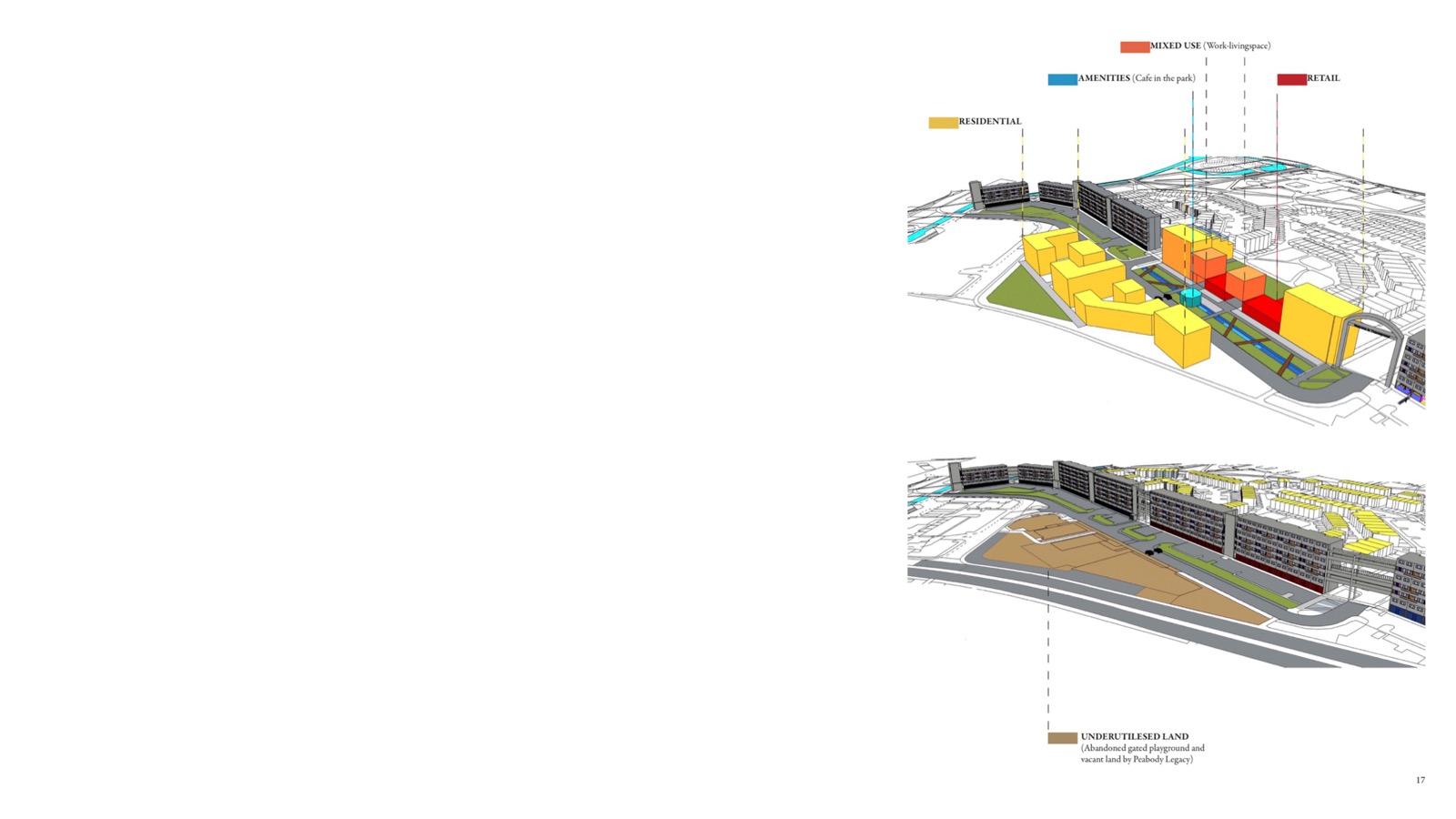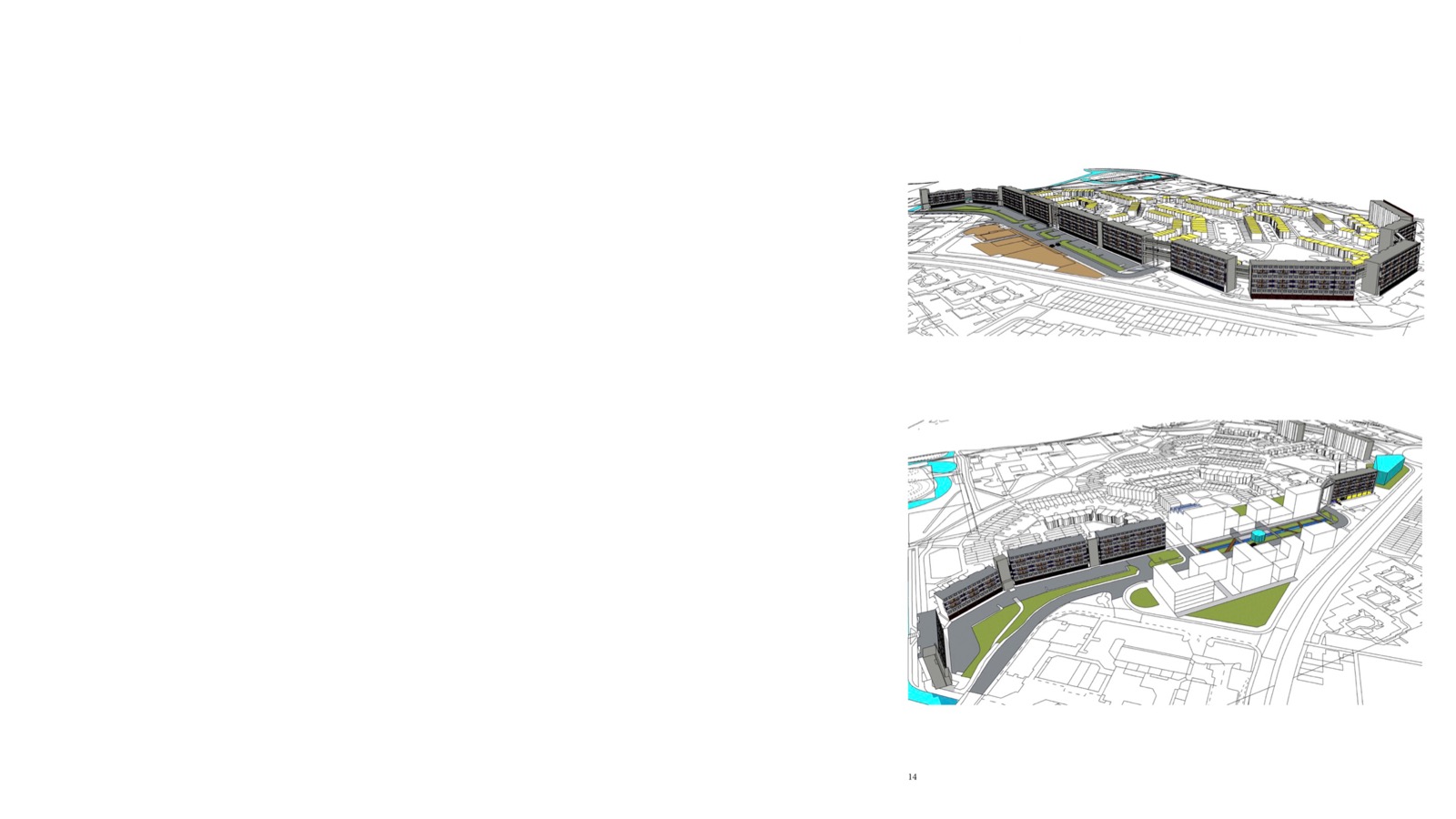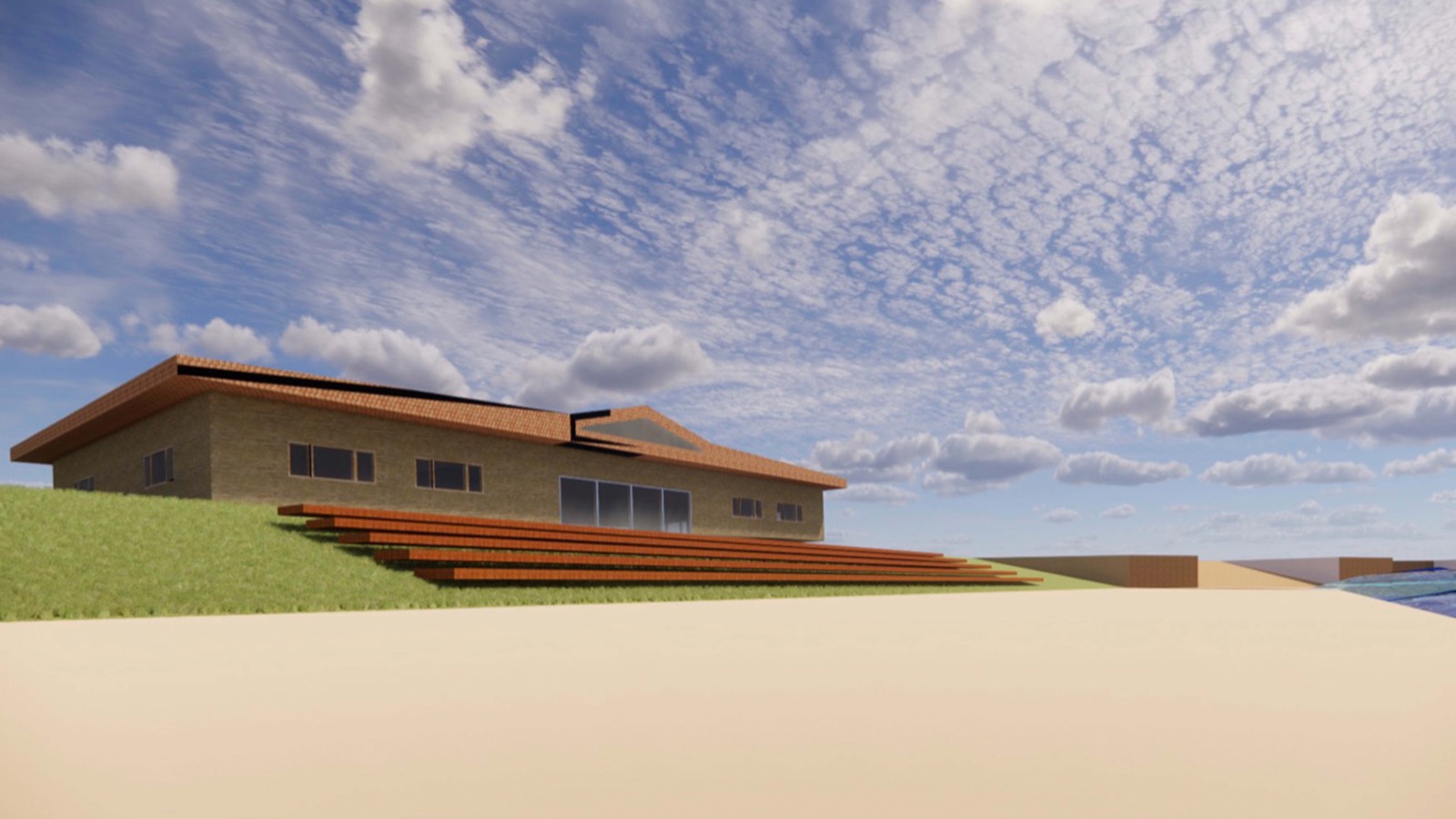Designing Cities Year 3 ARCHIVE
Tutors: David Mathewson, Abubokkar Siddiki and David Seex
David Mathewson is Senior Lecturer and MA Urban Design Course Leader. He studied at the AA, the University of Texas and Westminster, and has more than 20 years’ urban design and architecture practice experience in the UK, USA, South-east Asia, Africa, and the Middle East.
Abubokkar Sidd...
Tutors: David Mathewson, Abubokkar Siddiki and David Seex
David Mathewson is Senior Lecturer and MA Urban Design Course Leader. He studied at the AA, the University of Texas and Westminster, and has more than 20 years’ urban design and architecture practice experience in the UK, USA, South-east Asia, Africa, and the Middle East.
Abubokkar Siddiki is an architect and community planning specialist currently working on international development projects in Bangladesh and community planning efforts with Greenwich Council in Woolwich, London. He is also a graduate of the MA International Planning and Sustainable Development course at Westminster.
David Seex is a part-time Visiting Lecturer in Urban Design and Planning, and was previously Senior Lecturer at Westminster for over 30 years.
Planning Policy + Design Intervention
This year’s project is set within the Thamesmead and Abbey Wood Opportunity Area Planning Framework, one of the Greater London Authority’s strategic development sites situated within the larger River Thames Opportunity Area in east London. The current opportunity area seeks to respond to many of the challenges of one of the largest urban regeneration areas in London. Prepared in consultation with a number of stakeholders, it calls for the extension of the DLR train to Thamesmead and beyond, 15,000 new homes and 8,000 new jobs in the area.
The area dates back to 1178, when the nearby Lesnes Abbey was founded, an important local institution and landlord up to the Reformation in the 16th century, which drained much of the marshland that had covered the area in Medieval times.
The first social housing was built by the Royal Arsenal Co- operative Society (RACS) from 1900-1930, a precursor to the London County Council (LCC) housing which would be built later in the mid-1960s when communities uprooted from close-knit, working-class neighbourhoods of inner London were sent to the urban periphery. However, the design of new estates increased the sense of isolation of residents, most of whom did not know anyone in the area and the social problems which beset many estates had already started to emerge by the end of the 1960s.
Architectural design reflected then-futuristic ideologies, including elevated pedestrian walkways, buildings and plazas built on pilotis and other raised structures, partly to provide spaces for car parking, as well as to reduce flood risk. However, many of these walkways and open spaces became neglected and quickly deteriorated.
Due to the area’s location in a bend of the river, Thamesmead and Abbey Wood remain isolated from the rest of London. The only local railway station opened at Abbey Wood in 1849, and the area is not sufficiently served by local buses. This impacts on the economic generation and job-creation potential for the area, and reinforces poverty and deprivation in Thamesmead and Abbey Wood.
Working in groups, students undertook an urban design analysis and three-dimensional design framework to assess the spatial challenges and highlight potential solutions, before going on to create individual architectural and public realm design proposals for smaller development sites.
Archive of Designing Cities Year 3’s work from previous years:
BA Designing Cities Y3 2018-2019
BA Designing Cities Y3 2020-2021










